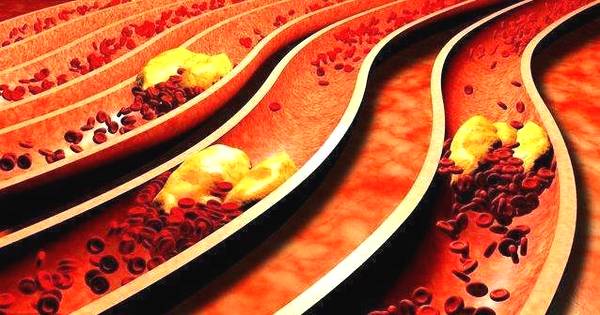With the improvement of living standards, the level of blood lipids also increases. Is it true that eating too much will cause blood lipids to rise?
First of all, Let us know what’s blood lipids
There are two main sources of blood lipids in the human body:
one is synthesis in the body. The liver, small intestine, fat and other tissues of the human body can synthesize blood lipids, which account for about 70%-80% of total blood lipids.This aspect is mainly related to genetic factors.
The second is food. Food is an important factor affecting blood lipids. If you eat fish whole, eat meat by catty, and drink alcohol by box, blood lipids will increase easily.
In addition, bad lifestyles, such as a small amount of exercise, long-term sitting, alcoholism, smoking, mental stress or anxiety, etc., can all cause elevated blood lipids.
Hazards of elevated blood lipids:
1. Long-term hyperlipidemia can cause fatty liver, lead to cirrhosis, and severely impair liver function.
2. High blood lipids can cause high blood pressure.
3. Hyperlipidemia easily induces arteriosclerosis.
4. High blood lipids can also easily lead to cardiovascular and cerebrovascular diseases, such as coronary heart disease, angina pectoris, myocardial infarction, and stroke.
How to effectively control hyperlipidemia?
Control your diet. Summarized as the principle of “four lows, one high and one appropriate amount”: low energy, low fat, low cholesterol, low sugar, high fiber, appropriate amount of protein
1. Low energy: limit total energy intake. The staple food is appropriate to maintain the necessary physiological activities of the human body. The carbohydrates are mainly complex carbohydrates, and the source is corn and potato foods and various coarse grains.
Strictly limit the intake of fried foods and sweets (snacks, honey, high-sugar beverages). In addition, it should be noted that a lot of fruits and nuts can also provide energy. Fruits are recommended to be 350 grams per day and nuts are 25 grams per day.
While limiting energy intake, increase the amount of exercise to maintain an ideal body weight. Ideal weight=(height-105)*(1+10%) Take a test every day to see if you are up to the standard.
2. Low fat: reduce fat intake. The fat here refers to saturated fatty acids, that is, fats such as lard and butter; but there is a type of fat that is better for the human body, that is, unsaturated fatty acids.
Unsaturated fatty acids are divided into polyunsaturated fatty acids and monounsaturated fatty acids. Polyunsaturated fatty acids are mainly derived from vegetable oils, nuts and fish oils, which can effectively control blood triglycerides and cholesterol.
Monounsaturated fatty acids are derived from olive oil and tea oil, which can lower blood cholesterol and low-density lipoprotein cholesterol levels, and at the same time increase high-density lipoprotein cholesterol in the blood.
Personal suggestion, in general diet, the ratio of saturated fatty acid, monounsaturated fatty acid, polyunsaturated fatty acid is 1:1:1, which is a balanced combination of red meat, fish, and nuts, which can effectively reduce blood lipids.
3. Low cholesterol: reduce cholesterol intake. The source of cholesterol is the internal organs of animals, such as hairy belly, louver, and fatty intestines. But the intake of cholesterol must not be forbidden, because cholesterol is an essential substance for the human body, and even if you don’t take it, it will be synthesized in the body.
4. High-fiber: eating more fresh vegetables, grains, beans and other foods with more fiber will help reduce blood lipids and increase satiety. When you lose weight, eat more vegetables.
5. Appropriate amount of protein: The main sources of protein include lean meat, aquatic products, eggs, milk and soy products. The right amount of protein is the material basis for increasing body resistance and preventing and treating dyslipidemia. Be sure to pay attention to the reasonable combination of animal protein and plant protein.



 Business card
Business card Chinese WeChat
Chinese WeChat English WeChat
English WeChat